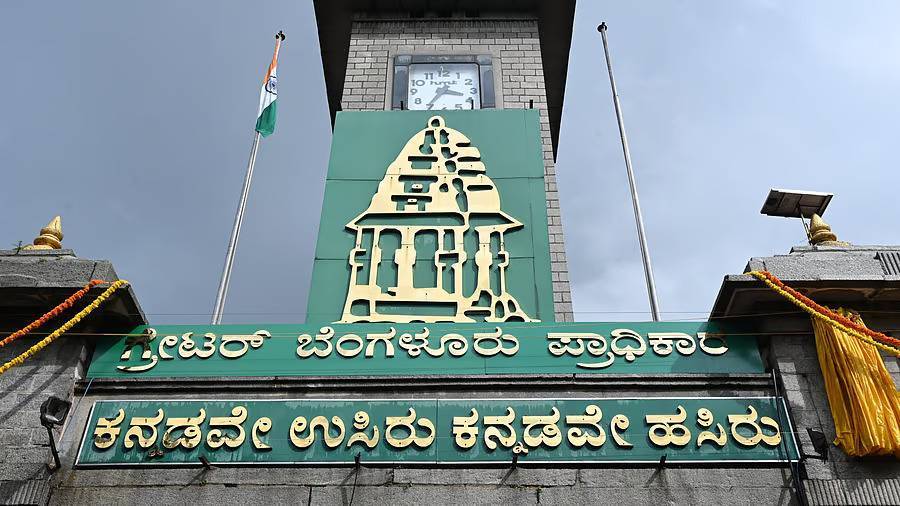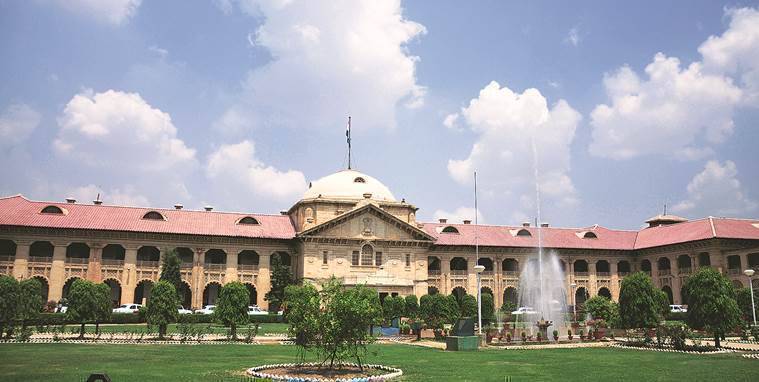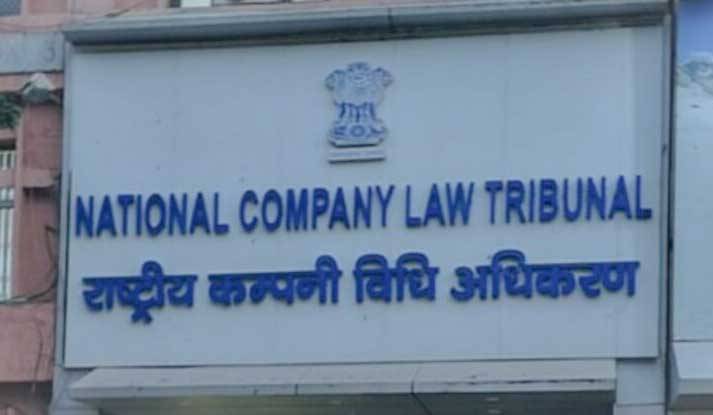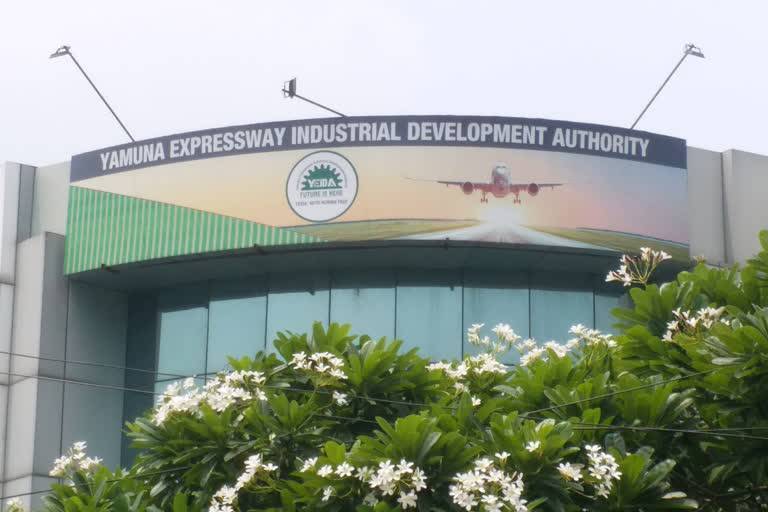Nearly eight years after the Pune Municipal Corporation (PMC) first declared its intention to prepare a development plan for newly merged areas, the Maharashtra state government has finally given its approval. The official notification, published invites citizens to submit suggestions and objections over the next 60 days, marking a crucial step toward structured urban planning in Pune’s rapidly expanding periphery.
Background: Mergers and Delays
The process of merging villages into PMC’s jurisdiction began over a decade ago. In 2013–14, the civic body approved the merger of 34 surrounding villages to accommodate Pune’s accelerating urban growth. Subsequently, 11 of these villages were formally merged in 2017, including Lohegaon, Mundhwa, Hadapsar, Shivane, Ambegaon Khurd, Undri, Dhayari, Ambegaon Budruk, Phursungi, and Uruli Devachi.
However, administrative changes in September 2024 led to the demerger of Uruli Devachi and Phursungi, which were formed into a separate municipal council. As a result, the current draft development plan (DP) is applicable to nine villages that remain under PMC’s administration.
The original intention to prepare a draft DP was declared by PMC on June 28, 2018, in accordance with Section 23(1) of the Maharashtra Regional and Town Planning Act, 1966 (MRTP Act). Despite this, procedural delays and administrative hurdles prevented publication of the draft within the mandated timeline, even after multiple extensions up to March 2, 2024. To expedite the process, the Assistant Director of Town Planning, Pune branch was empowered to act as the planning authority and carry out statutory functions.
The Draft Plan
The draft DP covers an area of approximately 5,500 hectares and addresses the needs of a population estimated at 6 lakh residents in 2025, with projections extending to 8 lakh by 2035. The plan provides a blueprint for sustainable urban development, integrating residential, commercial, institutional, recreational, and environmental considerations.
The villages under the plan include:
- Lohegaon (remaining area)
- Mundhwa (Keshavnagar area)
- Hadapsar (entire Sadesataranali area)
- Shivane (Uttamnagar and remaining areas)
- Ambegaon Khurd (remaining area)
- Undri (remaining area)
- Dhayari (remaining area)
- Ambegaon Budruk (remaining area)
Land-Use Allocation
The proposed development plan introduces a detailed land-use blueprint aimed at structured and sustainable urban growth in the fast-developing fringe areas. Key highlights include:
- 42% of the total area designated as residential zones, reflecting rapid urbanisation trends.
- 374 hectares reserved for public purposes such as civic amenities and utilities.
- About 15% of land allocated to roads and transportation networks.
- 41 hectares earmarked for primary and secondary schools.
- 18 hectares for hospitals and urban health centres.
- 74 hectares for playgrounds and sports facilities.
- 88 hectares developed as gardens and open spaces.
Innovations and Environmental Planning
One of the most notable aspects of the draft development plan is the introduction of **“Sponge Gardens”**, a new category of land reserved along natural water bodies. These gardens are specifically designed to enhance groundwater recharge, provide natural flood mitigation, and preserve biodiversity in rapidly urbanizing areas. In addition to sponge gardens, the plan proposes the creation of **green corridors**, extensive tree plantations, and well-distributed park areas. These measures aim not only to improve ecological balance but also to reduce the urban heat island effect and enhance air quality, contributing to a more sustainable and livable urban environment.
Infrastructure Planning
The road network has been carefully designed to handle both present and future traffic loads. Roads are classified into:
- Major arterial roads: 45m & 36m width
- Sub-arterial roads: 30m & 24m width
- Local access roads: 18m width
Technological Integration
To ensure accuracy and transparency, the draft DP has been prepared using GIS-based mapping techniques, which allow precise plotting of plots, roadways, public utilities, and environmentally sensitive zones. Officials emphasized that this approach ensures greater transparency, minimizes planning errors, and aids in long-term urban monitoring.
The draft DP bases its projections on rapid urbanization trends, population growth, and anticipated migration into PMC areas. Residential zones, accounting for 42% of the total area, have been strategically planned to accommodate a diverse population, with provisions for affordable housing, medium-density housing, and high-density complexes.
Educational, health, and recreational facilities have been proportionally allocated to serve the projected 2035 population of 8 lakh residents.
Public Participation
Under MRTP Act provisions, citizens are entitled to review the draft DP and provide feedback. The draft maps are available for inspection at:
- PMC Building Development Department, Shivajinagar, Pune
- Office of the Assistant Director, Town Planning, Pune branch
Suggestions and objections can be submitted over a 60-day window, after which the plan will be finalized and gazetted.
“After years of delays, this draft DP provides a comprehensive roadmap for sustainable urban development in Pune’s newly merged areas,” said Prashant Waghmare, City Engineer, PMC. He added that the plan balances urban growth with environmental safeguards, emphasizing flood mitigation, green spaces, and systematic transportation planning.









.png)